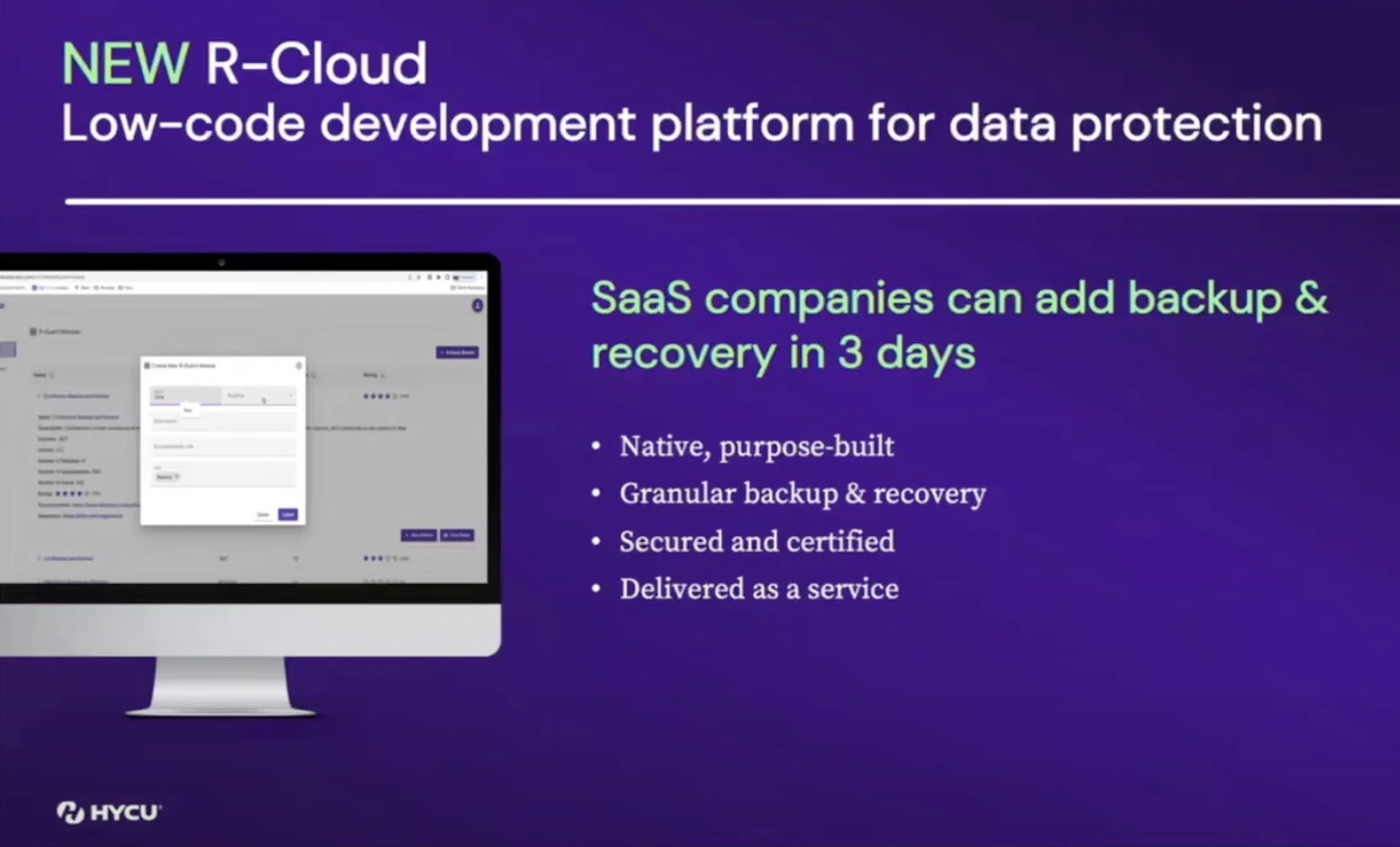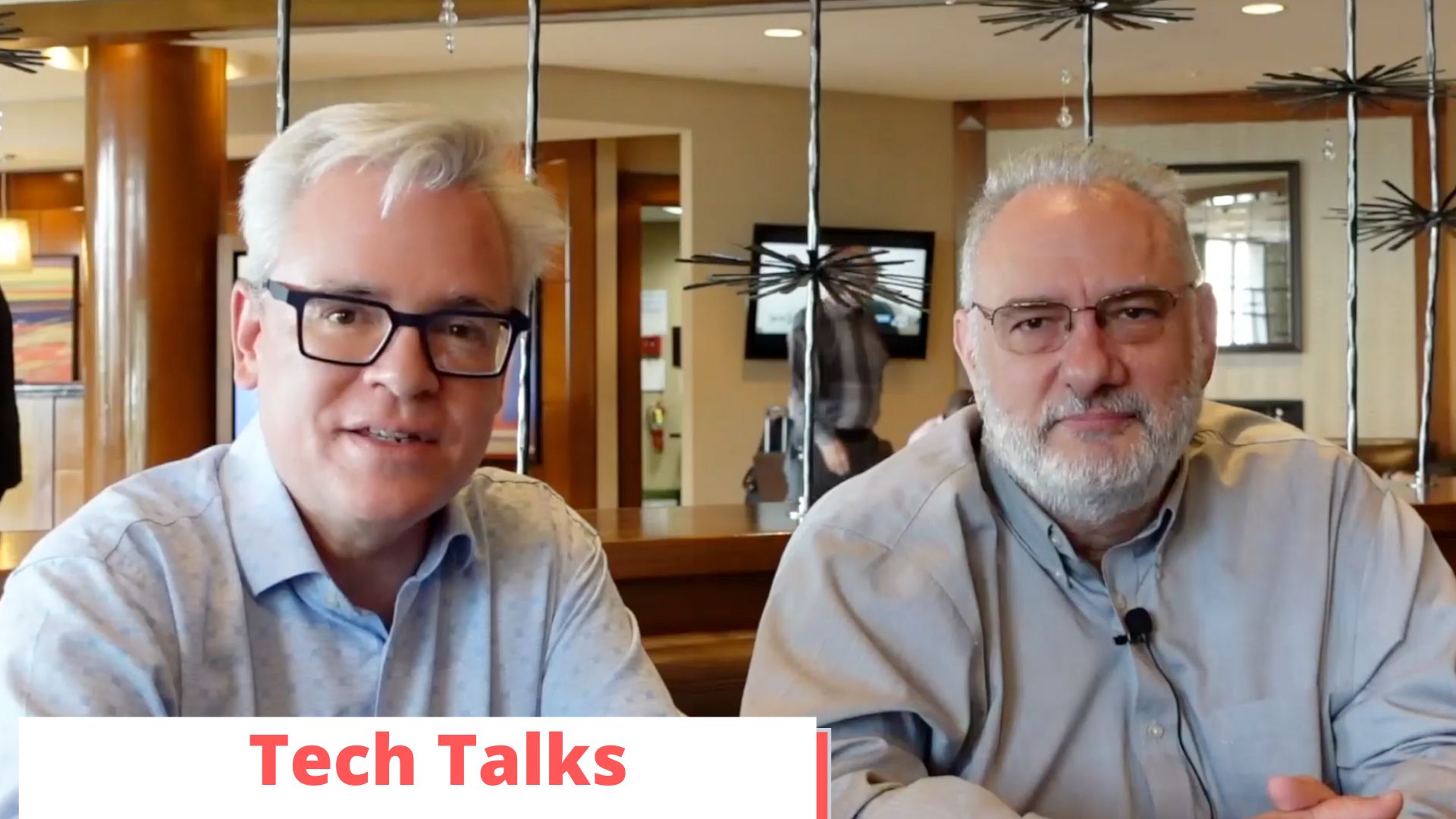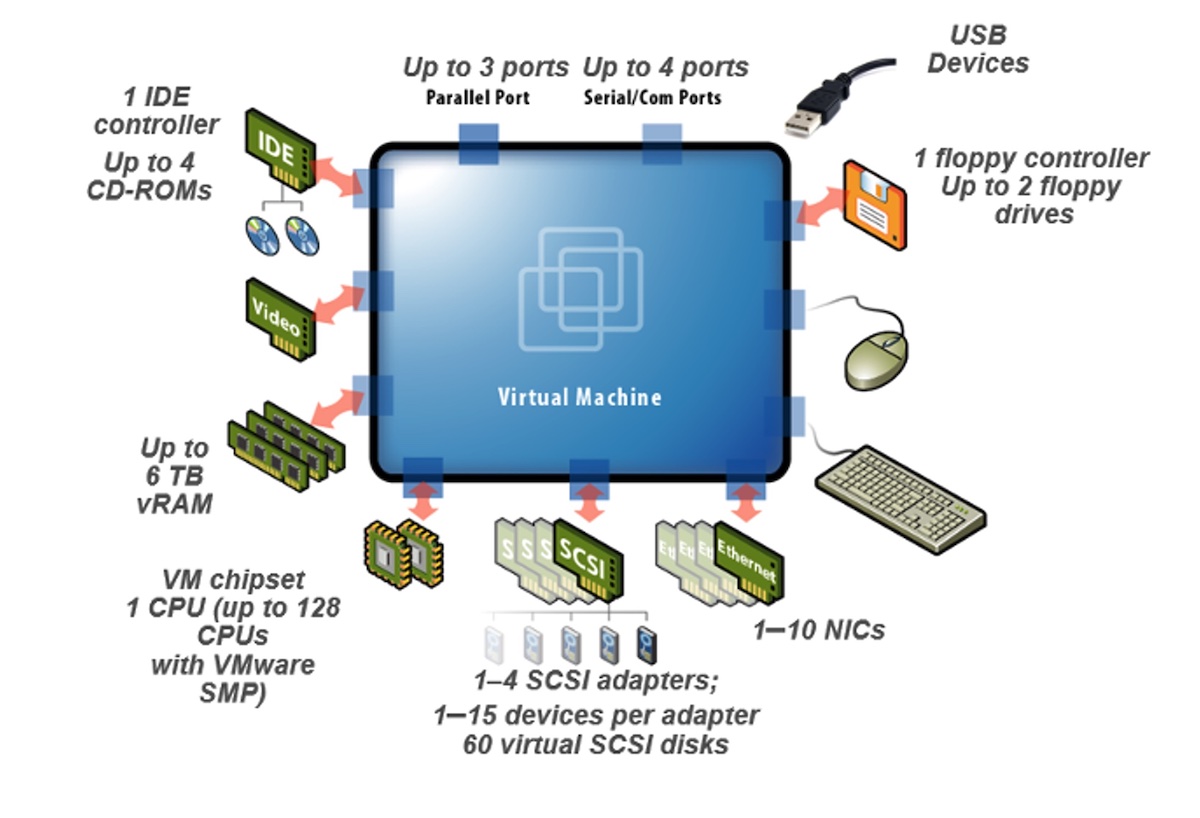News broke over the weekend that Flickr was acquired by SmugMug. There are two likely responses to this news:
- Huh, Flickr was still a thing
- Huh, SmugMug is a thing
This isn’t an earth shattering acquisition. Even before Verizon bought Yahoo, it’s long been rumored (or perhaps wished for) that Flickr would either be sold off or spun out into an independent service. Neither of its parent companies ever seemed to know what to do with it. The brand languished in (some would say benign) neglect, going from a photographer stalwart service to a Web 2.0 afterthought.
The last major additions to the service came in 2013 and 2015, adding 1TB of free photo storage and an app redesign, respectively. Neither could move the service beyond it’s stable core users as competing photo services emphasized social sharing and image filters.
So why talk about it now? Because the fate of Flickr’s users should serve as a clarion call for any organization adopting SaaS.
Even if from a feature and user perspective Flickr has been relatively moribund, having 1TB of free storage made it my go-to as a online image backup. I’ve got about 100GB of photos on the service, and use it as my target for high quality JPEG backup (using Google Photos for lower resolution sharable photos).
The acquisition makes me question this strategy. For one, I have to either opt-in to SmugMug’s Terms of Service. This is a company I had never heard of before Saturday, but now I’m entrusting with my entire private photo collection. I don’t really think they’ll be any worse of a privacy steward than Verizon or Yahoo (how you can be any worse than Yahoo anyway). But the fact that I will soon be under a new ToS does give me pause.
The much bigger question is what will SmugMug do with the service going forward? For now they announced it will operate independently from their existing paid photo hosting business. But with diminishing user base and ad revenue, how long can they keep their hands off Flickr? I suspect before long I’ll be “encouraged” to move over to their paid offerings, and possibly see that 1TB of storage dry up.
The point is, this is a strictly personal consumer account, and a change in the service’s ownership is giving me consternation. This isn’t mission critical for me. But when you’re building an organization around similar SaaS models, this could quickly turn from a headache into an existential crisis. While paid SaaS models generally come with SLAs that guarantee certain expectations, it doesn’t change the fact that a core part of your business is being managed by someone you can’t control.
I don’t think anyone should swear off SaaS because of these concerns. But if this isn’t part of your considerations when adopting it, you might need to do some more homework.




